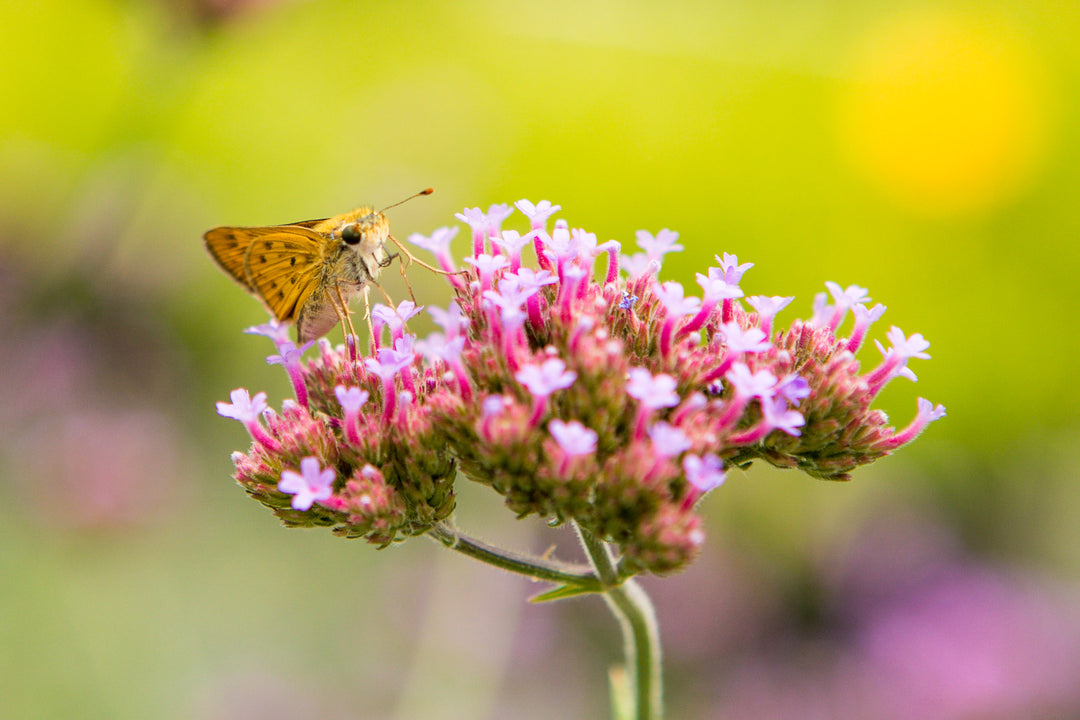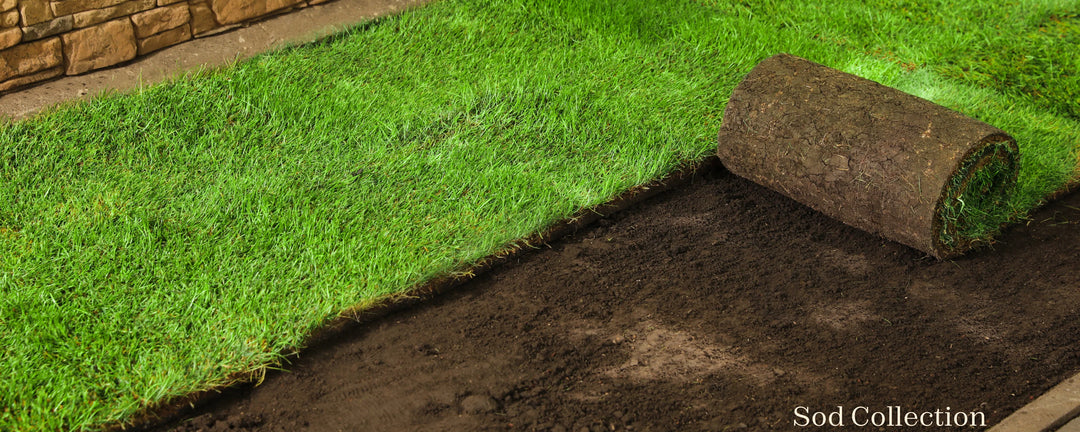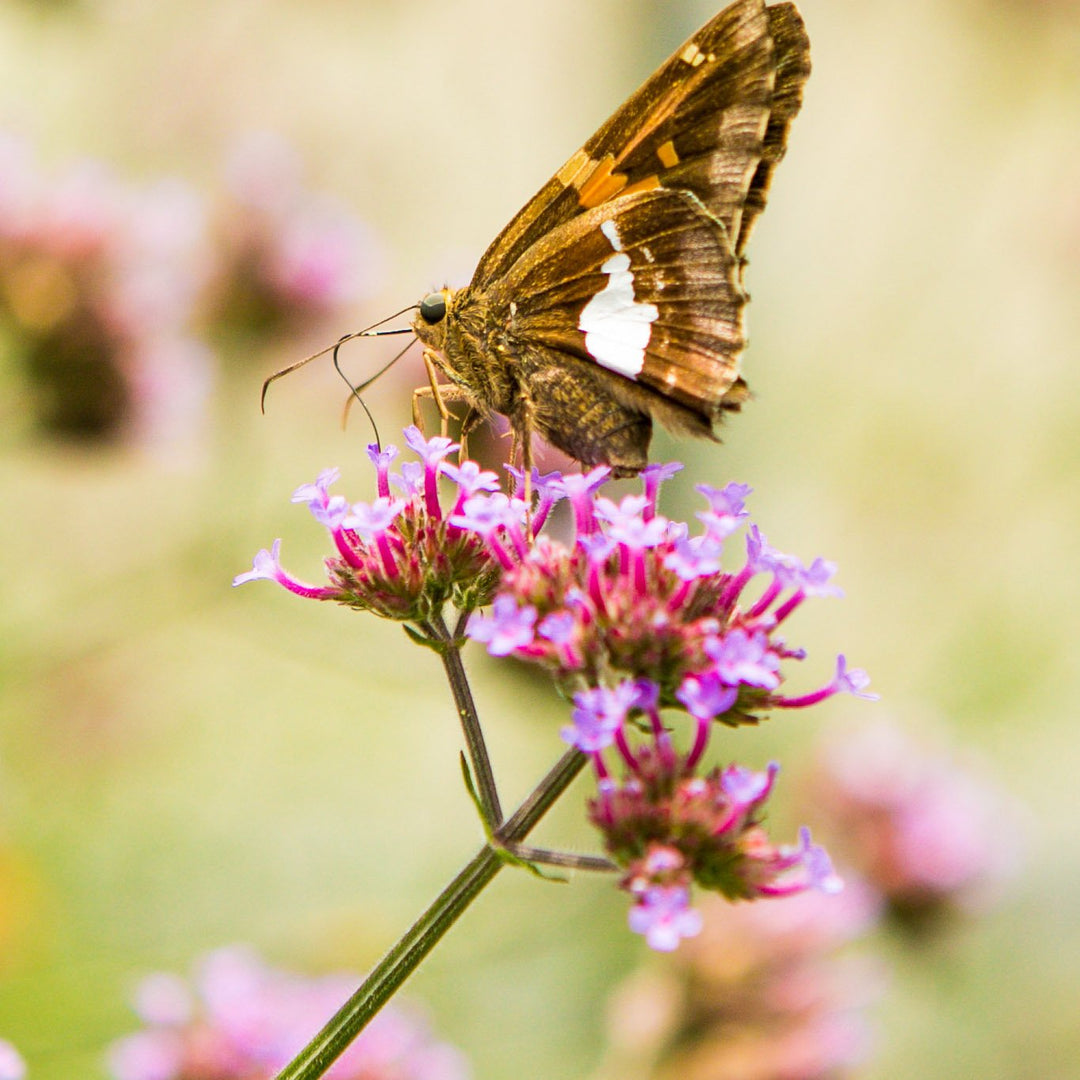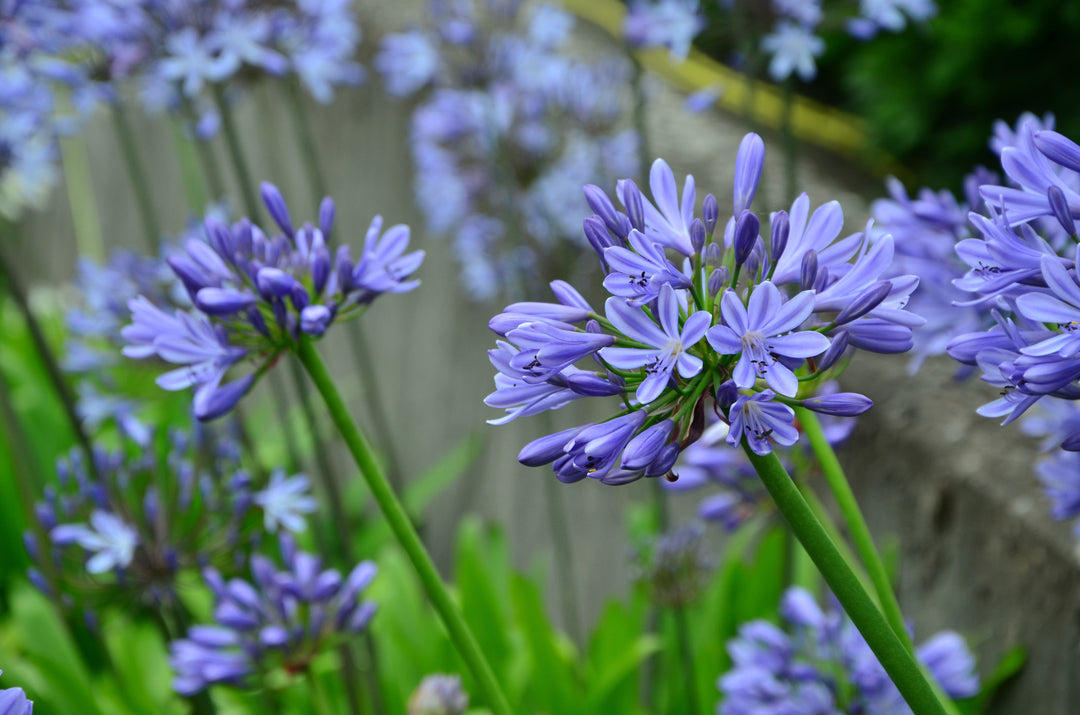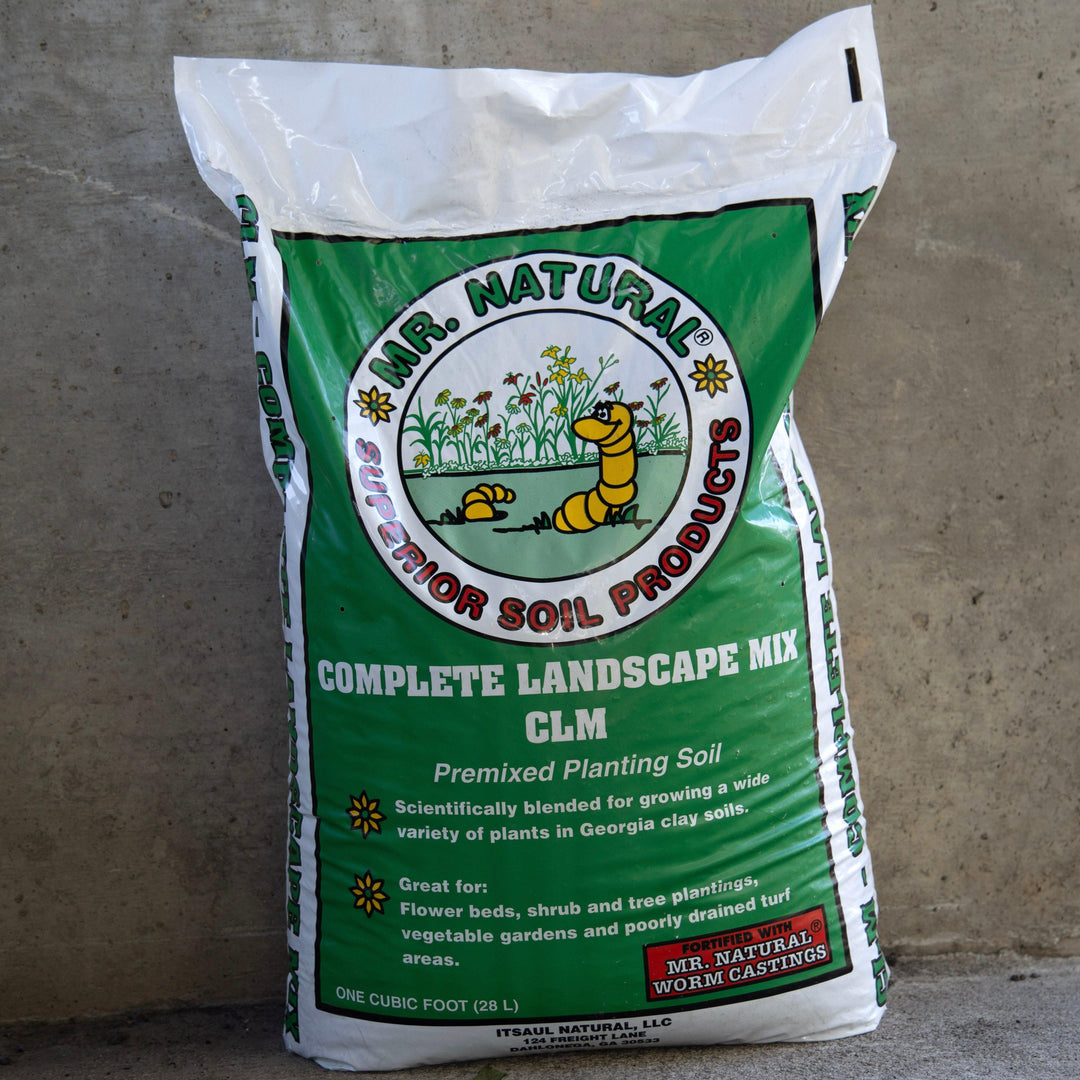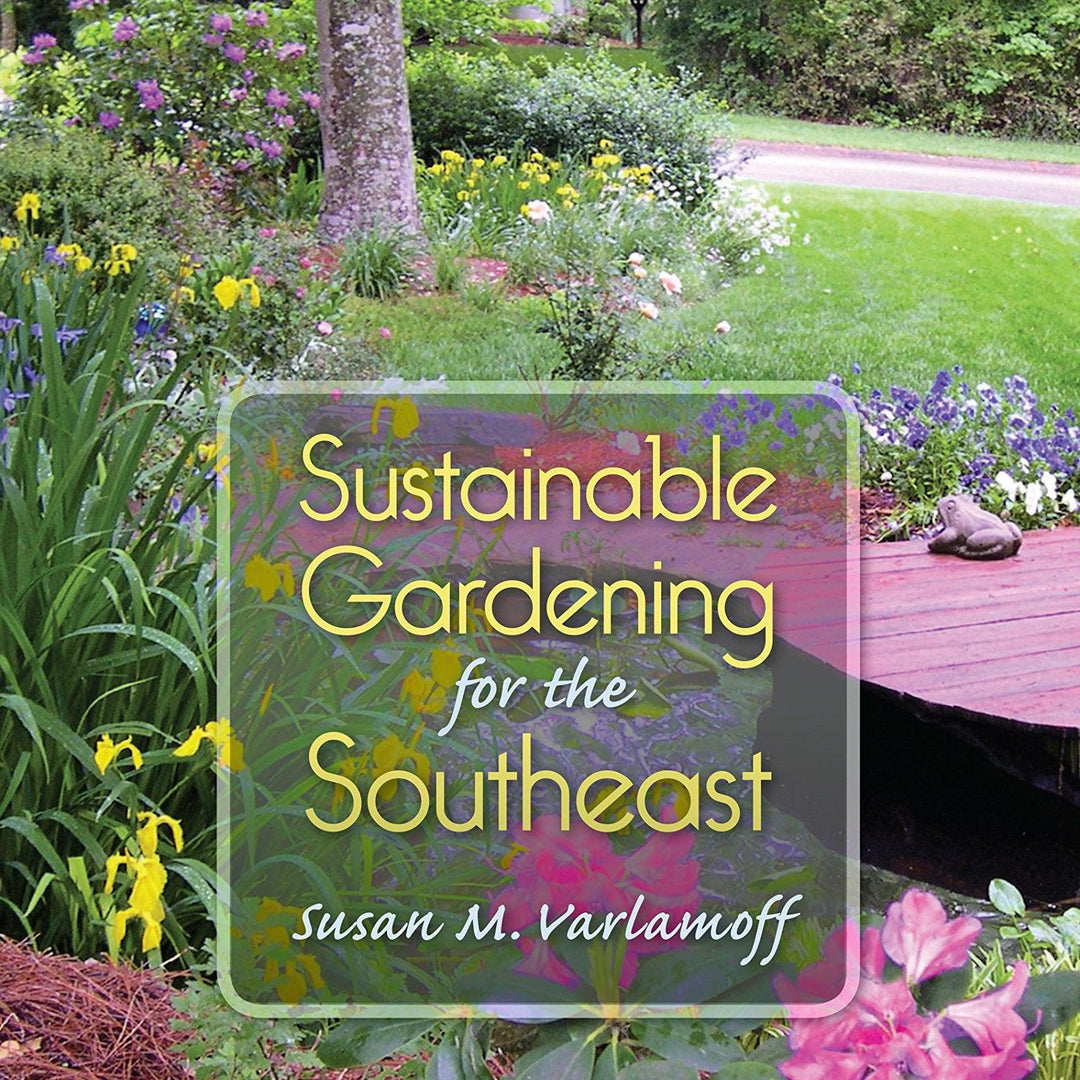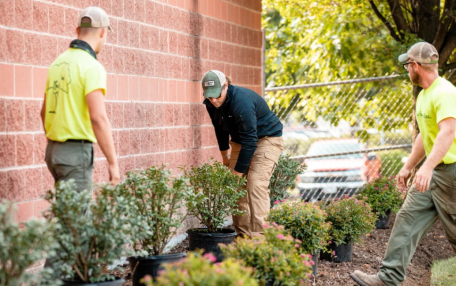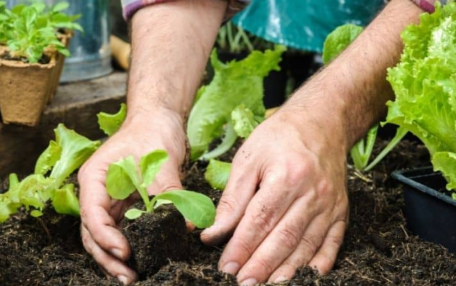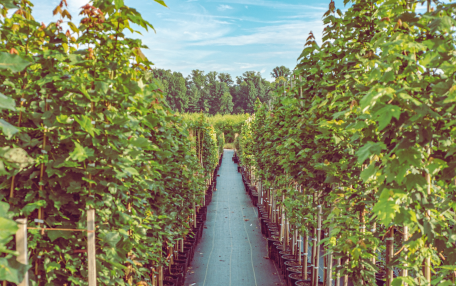Planting a Child-Safe Sensory Garden: A Safe and Stimulating Outdoor Space
Creating a garden space that’s both safe and stimulating for children encourages outdoor play, exploration, and hands-on learning. A child-safe sensory garden can be a magical place—full of textures, smells, sounds, and colors that engage all five senses while being gentle on small hands and safe for curious mouths.
With thoughtful design and plant selection, you can create a beautiful, interactive garden that invites children to explore while offering peace of mind for parents and caregivers.

Why Plant a Sensory Garden for Children?
Children naturally interact with the world through their senses. A sensory garden enhances this experience by offering:
-
Tactile textures for touch
-
Fragrant foliage and blooms for smell
-
Colorful, moving plants for sight
-
Edible herbs or fruits for taste
-
Rustling leaves or buzzing pollinators for sound
It’s a space for learning, calm, creativity, and play—all while spending time outdoors.
Designing the Space: Safety First
Before you dig in, prioritize safety:
-
Avoid toxic plants: Many popular garden plants are poisonous if ingested. Always research plant safety.
-
Skip spiky or sharp plants: Stick to soft, touchable foliage.
-
Secure pathways: Use soft mulch, smooth stepping stones, or rubber pathways.
-
Provide shade: A shaded play spot makes the space more comfortable in summer.
-
Encourage interaction: Create spots for digging, watering, or picking safely.
Planting Suggestions for a Child-Safe Sensory Garden
Here are plant ideas based on the senses, all considered safe for children and hardy in Zone 8 and warmer:
👋 Touch – Tactile Plants
-
Lamb’s Ear (Stachys byzantina): Soft, velvety leaves perfect for petting.
-
Silver Ponyfoot (Dichondra argentea): Silvery trailing foliage, smooth and cool to the touch.
-
Fountain Grass (Pennisetum alopecuroides): Feathery plumes that sway and tickle.
👃 Smell – Fragrant Plants
-
Catmint (Nepeta × faassenii): Pleasant minty fragrance with soft gray-green foliage and lavender-blue flowers.
-
Lavender (Lavandula angustifolia): Calming scent with soft foliage and purple blooms ideal for sunny spaces.
-
Sweet Alyssum (Lobularia maritima): Low-growing, honey-scented flowers.
👁️ Sight – Bright and Bold Colors
-
Zinnias (Zinnia elegans): Easy-to-grow annuals in vivid colors.
-
Snapdragons (Antirrhinum majus): Fun, dragon-shaped flowers.
-
Coleus (Plectranthus scutellarioides): Bold foliage in stunning patterns.
👅 Taste – Edible and Safe
-
Strawberries (Fragaria × ananassa): Sweet berries that are fun to find and pick.
-
Blueberry Bushes (Vaccinium spp.): Perfect for a child-height harvest.
-
Basil (Ocimum basilicum): Tasty and fragrant—great for sensory and edible gardens.
👂 Sound – Movement and Wildlife
-
Bamboo Muhly (Muhlenbergia dumosa): Graceful, rustling foliage in the breeze.
-
Coneflowers (Echinacea purpurea): Attract buzzing bees and fluttering butterflies.
-
Seed pods (like Nigella or poppies): Provide gentle rattling sounds once dried.

Non-Plant Sensory Features to Include
-
Water play area: A small fountain or basin can add soothing sounds and sensory interaction.
-
Stepping stones or texture paths: Pebbles, logs, and bark give different tactile feedback.
-
Chimes or musical instruments: Add auditory interest with garden-safe percussion.
General Care Tips for Child-Friendly Gardens
-
Use organic methods: Avoid pesticides and harsh chemicals.
-
Regularly check for weeds or hazardous debris.
-
Involve children in watering and harvesting to deepen the experience.
-
Create areas with different heights and spaces for crawling, sitting, and walking.
Safe Gardening Can Still Be Fun and Wild
A child-safe sensory garden doesn’t mean a garden devoid of excitement. With a smart mix of safe, engaging plants and interactive elements, you can create a backyard experience that promotes curiosity, sensory development, and a lifelong love of nature.
Whether it’s a few pots on a patio or a sprawling backyard retreat, planting for child-safe sensory play turns a garden into an adventure zone—and the possibilities grow as fast as they do.


